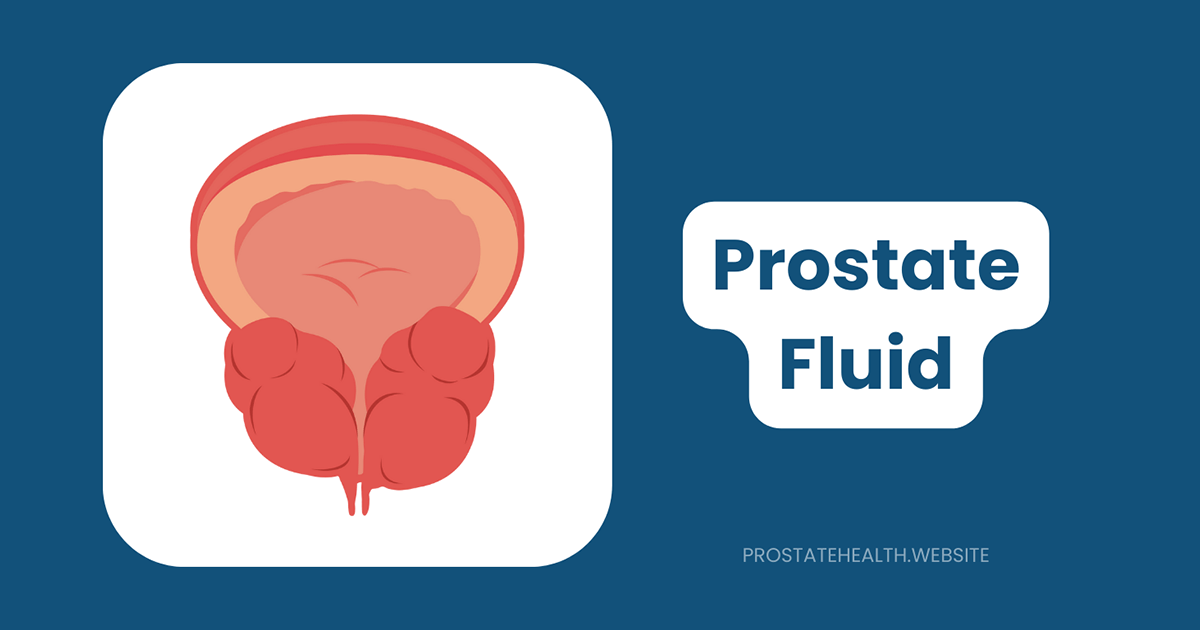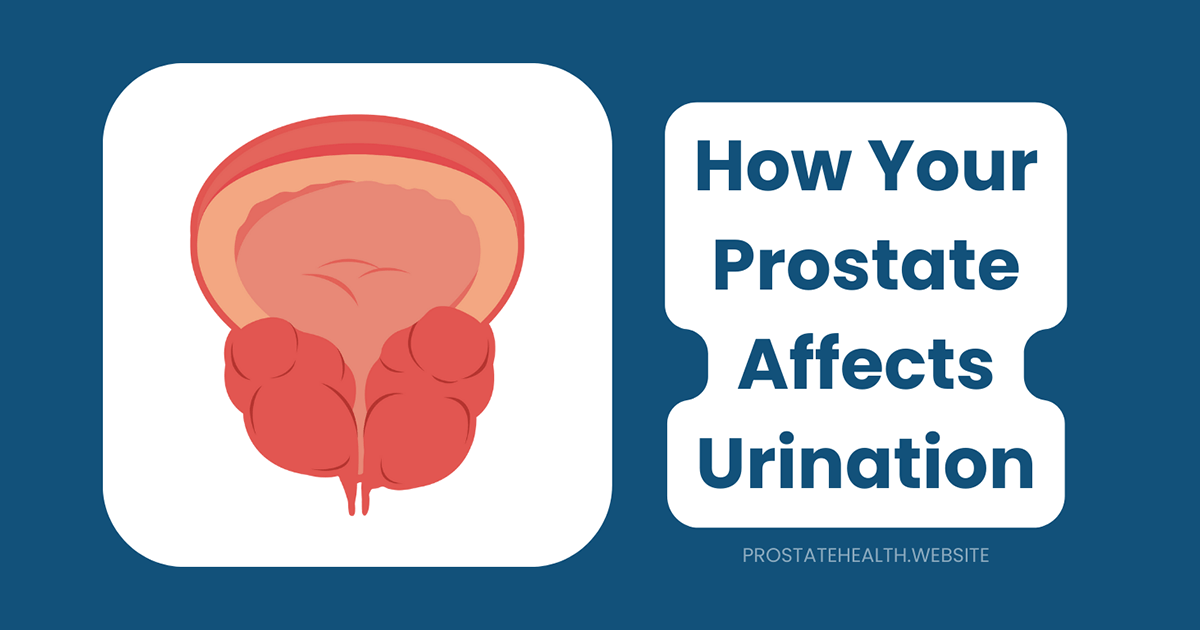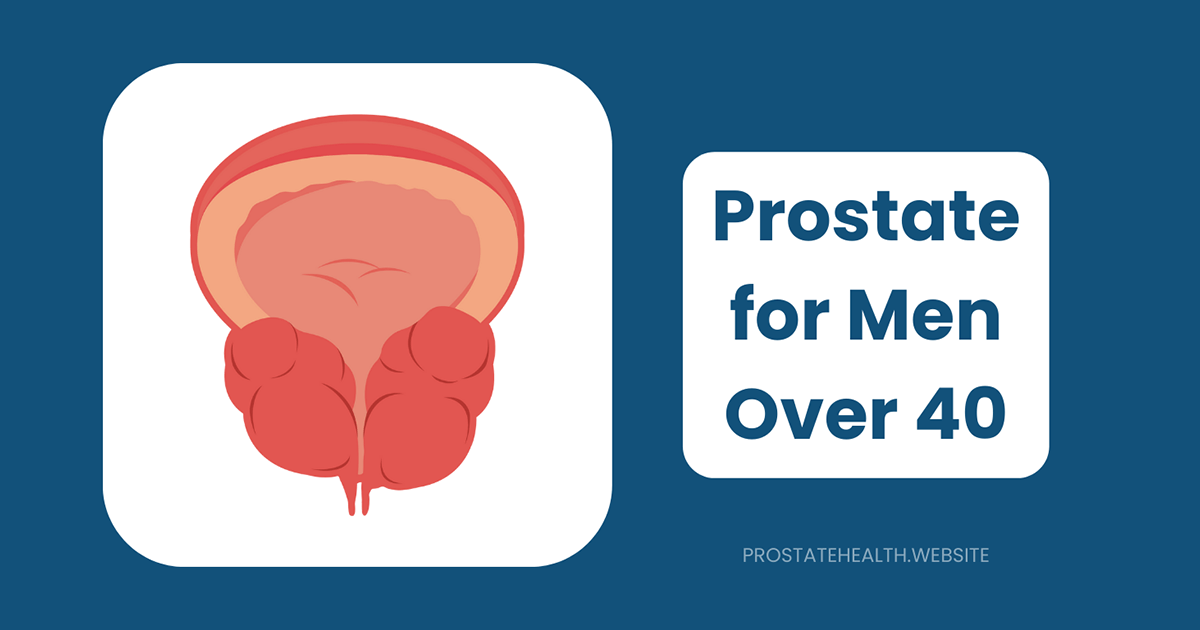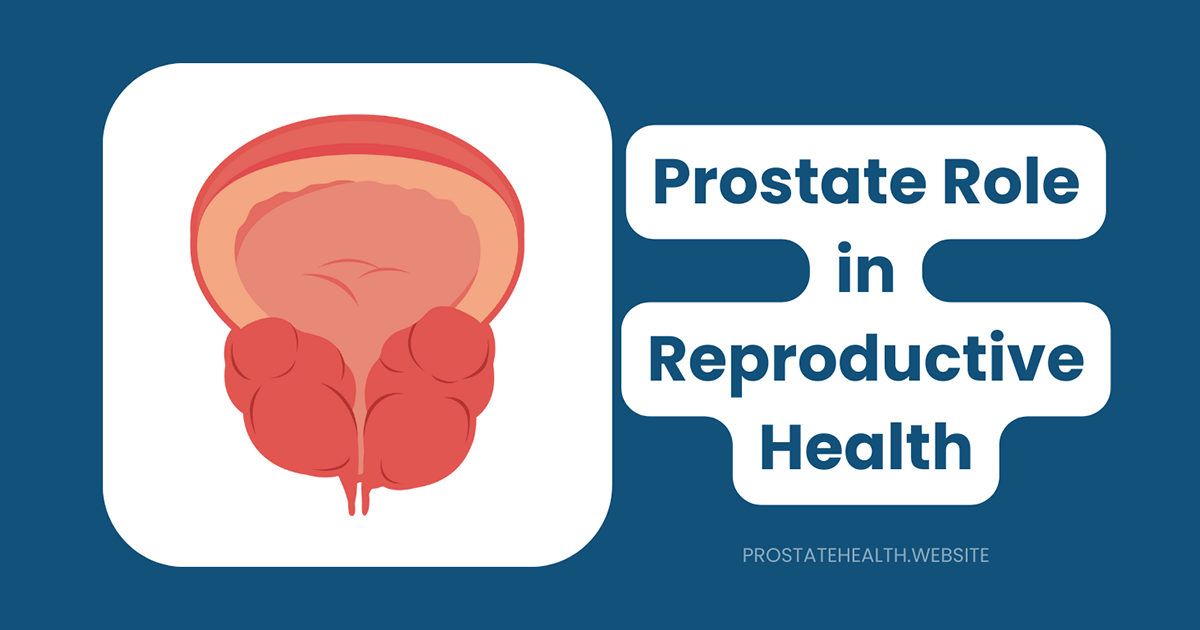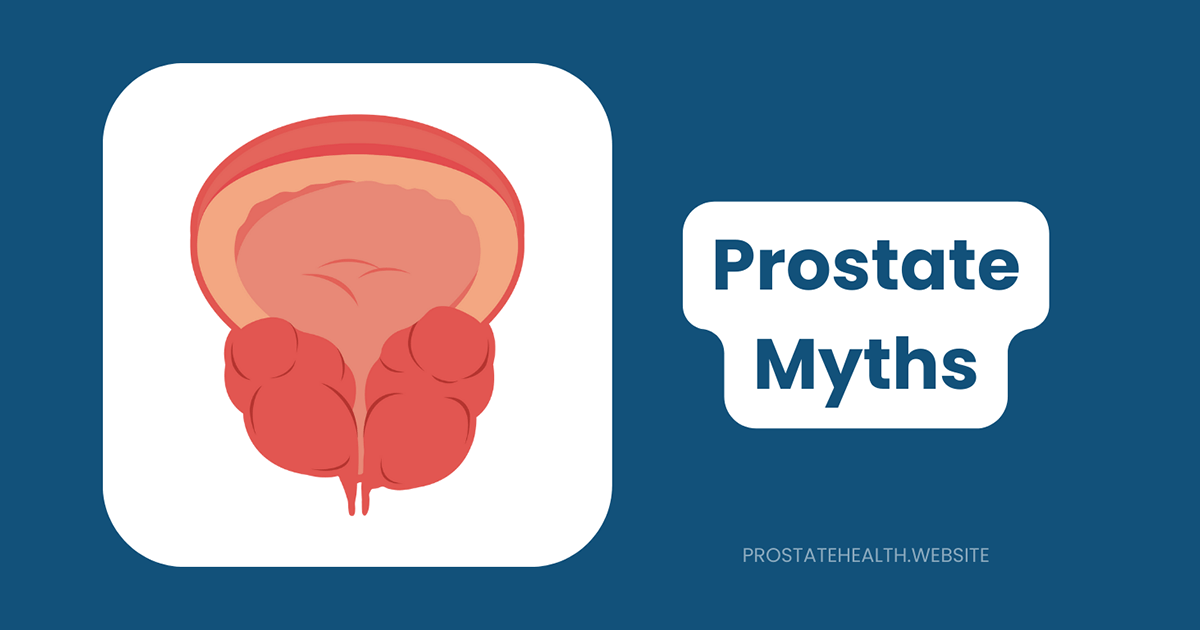Prostate Anatomy: A Visual Guide for Patients

When I first started talking with men about prostate health, I quickly realized that many had only a vague understanding of what the prostate actually is and where it’s located. This knowledge gap isn’t surprising—the prostate remains largely out of sight and out of mind until something goes wrong. Yet understanding your prostate’s anatomy is the first step toward recognizing potential problems and having more productive conversations with your healthcare provider.
This visual guide aims to demystify prostate anatomy in clear, straightforward terms. Whether you’re dealing with a prostate condition or simply want to be better informed about your body, this guide will help you visualize and understand this important gland.
The Basics: Location, Size, and Shape
Where Is the Prostate Located?
The prostate occupies a strategic position in the male pelvis:
- Below the bladder: The prostate sits directly underneath the urinary bladder
- In front of the rectum: This positioning allows doctors to feel the prostate during a digital rectal exam
- Surrounding the urethra: The prostate encircles the first part of the urethra (the tube that carries urine and semen out of the body)
- Above the pelvic floor muscles: These muscles help support the prostate and surrounding structures
This location explains why prostate conditions can affect both urinary and sexual function—the gland is intimately connected to the pathways for both urine and semen.
Size and Shape: The Walnut Analogy
The healthy adult prostate is often compared to a walnut in both size and shape:
- Weight: Approximately 20-30 grams (about 1 ounce)
- Dimensions: Roughly 3 cm × 4 cm × 2 cm (1.2 × 1.6 × 0.8 inches)
- Volume: About 20-30 cubic centimeters (cc) or milliliters (ml)
- Shape: Somewhat conical or triangular, with the base facing the bladder and the apex pointing downward
It’s important to note that the prostate naturally grows throughout a man’s life. After age 40, many men develop benign prostatic hyperplasia (BPH), a non-cancerous enlargement that can cause the prostate to expand to several times its normal size.
The Prostate’s Zonal Anatomy: A Closer Look
Unlike many organs that have a uniform structure, the prostate is divided into distinct zones. Understanding these zones is important because different prostate conditions tend to affect specific zones:
The Peripheral Zone (PZ)
- Location: Forms the back and sides of the prostate gland
- Size: Comprises about 70% of the glandular prostate in young men
- Significance: This is where approximately 70-75% of prostate cancers originate
- Accessibility: This zone can be felt during a digital rectal exam (DRE)
- Imaging appearance: On MRI, appears as a bright (high signal intensity) area on T2-weighted images
The Central Zone (CZ)
- Location: Surrounds the ejaculatory ducts at the base of the prostate
- Size: Makes up about 25% of the glandular prostate
- Significance: Only about 5-10% of prostate cancers originate here
- Development: Forms from different embryological tissue than the other zones
- Imaging appearance: Shows lower signal intensity on MRI compared to the peripheral zone
The Transition Zone (TZ)
- Location: Surrounds the urethra as it passes through the prostate
- Size: Constitutes only about 5-10% of the glandular prostate in young men but can enlarge significantly with age
- Significance: This is where benign prostatic hyperplasia (BPH) develops; about 20-25% of prostate cancers originate here
- Growth pattern: Can expand dramatically with age, sometimes compressing the peripheral zone
- Imaging appearance: Shows variable signal intensity on MRI, often with visible nodules in older men
The Anterior Fibromuscular Stroma (AFS)
- Location: Forms the front portion of the prostate
- Composition: Unlike the other zones, this area contains primarily muscle and fibrous tissue rather than glandular tissue
- Function: Provides structural support and contributes to the muscular contractions during ejaculation
- Cancer risk: Rarely a site of cancer origin
The Prostate in 3D: Multiple Perspectives
To truly understand the prostate’s anatomy, it helps to visualize it from different angles:
Sagittal View (Side View)
The sagittal view shows the prostate from the side, revealing:
- How the prostate sits directly below the bladder
- How the urethra passes through the prostate at an angle
- The relationship between the prostate and the rectum
- The position of the ejaculatory ducts entering the prostate from behind
Axial View (Top-Down View)
The axial view shows a cross-section of the prostate as if looking down from above:
- The circular arrangement of the zones around the urethra
- The peripheral zone forming a horseshoe shape around the back and sides
- The transition zone surrounding the urethra
- The anterior fibromuscular stroma at the front
Coronal View (Front View)
The coronal view shows the prostate from the front:
- The overall triangular shape of the gland
- How the seminal vesicles connect at the base of the prostate
- The relationship between the prostate and pelvic floor muscles
The Prostate’s Surrounding Structures: Important Neighbors
The prostate doesn’t exist in isolation. Several important structures surround it and interact with it:
Seminal Vesicles
- Location: Two pouch-like glands located just behind and above the prostate
- Function: Produce about 60% of seminal fluid
- Connection: Join with the vas deferens to form the ejaculatory ducts, which pass through the prostate
- Clinical significance: Can be involved in advanced prostate cancer
Neurovascular Bundles
- Location: Run along both sides of the prostate in the 5 and 7 o’clock positions
- Composition: Contain the nerves and blood vessels responsible for erectile function
- Clinical significance: Preserving these bundles during prostate surgery is crucial for maintaining erectile function
- Imaging: Can be visualized on high-resolution MRI
Prostatic Urethra
- Location: Passes through the center of the prostate
- Function: Carries both urine and semen out of the body
- Anatomy: Makes a roughly 35-degree angle as it passes through the prostate
- Clinical significance: Can become compressed by an enlarged prostate, leading to urinary symptoms
Prostatic Capsule
- Description: A thin layer of connective tissue and smooth muscle that surrounds the prostate
- Function: Provides structural support and containment
- Clinical significance: Cancer that breaks through this capsule is considered locally advanced (T3 stage)
- Note: Technically a “pseudocapsule” rather than a true capsule
Denonvilliers’ Fascia
- Location: A thin membrane separating the prostate from the rectum
- Function: Provides a natural barrier between these structures
- Clinical significance: Helps contain prostate cancer and is an important surgical landmark
The Prostate’s Internal Structure: Beyond the Zones
Looking even closer at the prostate reveals its internal architecture:
Glandular Tissue
- Proportion: Makes up about 70% of the prostate
- Function: Produces prostatic fluid, a component of semen
- Structure: Consists of numerous small glands that drain into ducts
- Distribution: Concentrated primarily in the peripheral, central, and transition zones
Fibromuscular Tissue
- Proportion: Makes up about 30% of the prostate
- Function: Provides structural support and enables contractions during ejaculation
- Distribution: Found throughout the prostate but concentrated in the anterior fibromuscular stroma
Prostatic Ducts
- Function: Carry prostatic fluid from the glandular tissue to the urethra
- Structure: Branch throughout the prostate, eventually joining the urethra
- Clinical significance: Can become blocked in certain conditions, leading to inflammation
Prostatic Concretions
- Description: Small calcifications that can form within the prostate
- Prevalence: Become more common with age
- Clinical significance: Usually harmless but can sometimes be seen on imaging
- Appearance: May feel like small bumps during a digital rectal exam
Visualizing the Prostate Through Medical Imaging
Modern medical imaging provides remarkable views of the prostate that help diagnose and monitor various conditions:
Multiparametric MRI (mpMRI)
Magnetic Resonance Imaging has revolutionized prostate visualization:
- T2-weighted imaging: Shows detailed anatomy of the prostate zones
- Peripheral zone appears bright
- Central and transition zones appear darker
- Cancerous tissue typically appears as dark areas within the bright peripheral zone
- Diffusion-weighted imaging (DWI): Measures the random movement of water molecules
- Cancerous tissue restricts water diffusion, appearing bright on DWI
- Helps distinguish between benign and malignant tissue
- Dynamic contrast-enhanced (DCE) imaging: Tracks blood flow through the prostate
- Cancerous areas often show earlier and more intense enhancement
- Helps identify areas with abnormal blood vessel formation
Transrectal Ultrasound (TRUS)
- Appearance: The normal prostate appears as a symmetrical, homogeneous structure
- Zones: Less distinct than on MRI but still partially visible
- Use: Often used to guide prostate biopsies
- Advantages: Real-time imaging, widely available, relatively inexpensive
PSMA PET Imaging
A newer technique that uses Prostate-Specific Membrane Antigen (PSMA) tracers:
- Function: Highlights prostate cancer cells specifically
- Advantage: Can detect very small metastases not visible on conventional imaging
- Use: Primarily for staging prostate cancer and detecting recurrence
The Prostate Imaging Reporting and Data System (PI-RADS)
When interpreting prostate MRIs, radiologists use a standardized system called PI-RADS to communicate findings:
PI-RADS Scoring
- PI-RADS 1: Very low probability of clinically significant cancer
- PI-RADS 2: Low probability of clinically significant cancer
- PI-RADS 3: Intermediate probability of clinically significant cancer
- PI-RADS 4: High probability of clinically significant cancer
- PI-RADS 5: Very high probability of clinically significant cancer
Sector Map
To precisely locate abnormalities, the prostate is divided into 39 sectors:
- 36 sectors within the prostate itself
- 2 sectors for the seminal vesicles
- 1 sector for the urethral sphincter
This detailed mapping allows for precise targeting during biopsies and treatment planning.
How Prostate Anatomy Changes with Age and Disease
The prostate is not static—its appearance changes throughout life and with various conditions:
Age-Related Changes
- Young adult (20-40 years): Distinct zonal anatomy, small transition zone
- Middle age (40-60 years): Gradual enlargement of transition zone, often with visible nodules
- Older age (60+ years): Significant transition zone enlargement in many men, sometimes obscuring the peripheral zone
- Central zone visibility: Clearly visible in 97% of young men but only 35% of older men due to compression by the enlarging transition zone
Benign Prostatic Hyperplasia (BPH)
- Location: Primarily affects the transition zone
- Appearance: Nodular enlargement with a heterogeneous appearance
- Effect on anatomy: Can compress the peripheral zone and distort the urethra
- Size change: Can increase prostate volume to 2-4 times normal size (or more)
Prostatitis
- Acute bacterial prostatitis:
- Diffuse enlargement of the prostate
- Increased blood flow on imaging
- Possible abscess formation in severe cases
- Chronic prostatitis:
- May show areas of scarring or calcification
- Often normal appearance on conventional imaging
- Sometimes shows areas of restricted diffusion on MRI
Prostate Cancer
- Peripheral zone cancer:
- Typically appears as a dark area on T2-weighted MRI
- Shows restricted diffusion on DWI
- May show early enhancement on DCE
- Transition zone cancer:
- More difficult to detect due to heterogeneous appearance of BPH
- Often has “erased charcoal” appearance on T2-weighted images
- May disrupt normal pattern of BPH nodules
- Advanced cancer:
- May break through the prostatic capsule
- Can invade seminal vesicles or other nearby structures
- May spread to regional lymph nodes
Understanding Prostate Anatomy for Better Health Decisions
Knowledge of prostate anatomy empowers you in several important ways:
Better Communication with Healthcare Providers
Understanding basic terminology helps you:
- Discuss symptoms more precisely
- Understand diagnostic reports
- Ask more informed questions about treatment options
- Follow explanations about the location and extent of any abnormalities
Recognizing the Significance of Symptoms
Knowing prostate anatomy helps you connect symptoms to potential causes:
- Urinary symptoms often relate to the prostate’s relationship with the urethra
- Pain in specific locations can indicate which part of the prostate might be affected
- Sexual symptoms may relate to how conditions affect nearby structures
Making Informed Treatment Decisions
Different treatments target different aspects of prostate anatomy:
- Some medications shrink the transition zone to relieve BPH symptoms
- Certain minimally invasive procedures target specific zones
- Surgical approaches may preserve important surrounding structures
- Radiation therapy planning depends on precise anatomical understanding
Conclusion: The Value of Anatomical Understanding
The prostate may be small, but its complex anatomy plays a crucial role in both reproductive and urinary health. By visualizing this important gland and understanding its structure, you’re better equipped to participate in your healthcare decisions and recognize when something might be wrong.
I’ve found that men who understand their anatomy feel more comfortable discussing prostate health and are more likely to seek timely care when needed. This visual guide is just the beginning—I encourage you to ask questions and seek more information from your healthcare provider about your specific situation.
Remember, knowledge is power when it comes to your health. The more you understand about your prostate’s anatomy, the better prepared you’ll be to keep it healthy throughout your life.
External Resources:

